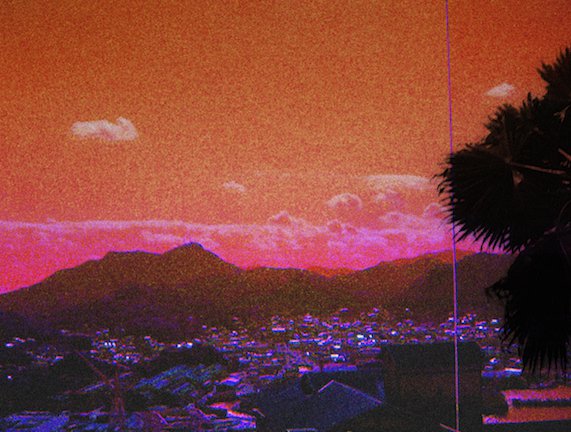Nuovo Cinema Arabo
H18:00-20:00
H18:00-20:00
Istituto Svizzero, together with TBA21-Academy, is pleased to support Nuovo Cinema Arabo, an experimental film and artist moving image programme presented by Nuova Orfeo that explores and expands on Palermo’s connection to the Arab world by centring Middle Eastern and North African artists and/or subject matter. This first edition focuses on the work of Basma Alsharif and Jumana Manna, who are joined in conversation by Barbara Casavecchia at the end of the screening.
Basma Alsharif (1983): working nomadically between the Middle East, Europe, and North America, and currently based in Berlin, Basma Alsharif—an artist and filmmaker of Palestinian heritage—explores cyclical political histories and conflicts. In films and installations that move backward and forward in history, between place and nonplace, she confronts the legacy of colonialism and the experience of displacement with satire, doubt, and hope.
Jumana Manna (1987): visual artist and filmmaker raised in Jerusalem and based in Berlin. Her work explores how power is articulated, focusing on the body, land and materiality in relation to colonial inheritances and histories of place. Through sculpture, filmmaking, and occasional writing, Manna deals with the paradoxes of preservation practices, particularly within the fields of archaeology, agriculture and law.
Programme:
Basma Alsharif
‘We Began By Measuring Distance’, 19 min, 2009
Long still frames, text, language, and sound are weaved together to unfold the narrative of an anonymous group who fill their time by measuring distance. Innocent measurements transition into political ones, examining how image and sound communicate history. We Began by Measuring Distance explores an ultimate disenchantment with facts when the visual fails to communicate the tragic.
Jumana Manna and Sille Storihle
‘The Goodness Regime’, 21 min HD video, 2013
An experimental documentary exploring the myths and images that have enabled an understanding of Norway as a nation of peace and benevolence. The binding element is a series of enactments by children that recount the myths, historical events and cultural personas that have propelled the image of Norway as a peace nation. These are weaved together with archival footage, political speeches and voiceovers from Hollywood films. In a satirical deconstruction of the Goodness Regime that permeates Norwegian society, Manna and Storihle explore the moral dilemmas embedded within the history of one of the wealthiest nations on earth.
Basma Alsharif
‘The Story of Milk and Honey’, 10 min, 2011
Narrated by an anonymous voice, the details of attempting to write a love story in Beirut, Lebanon are told through a delicate weaving of fact and fiction. A tale of defeat transforms into a multi-layered journey exploring how we collect information, perceive facts and recreate history to serve our own desires.
Jumana Manna
‘Blessed Blessed Oblivion’, 21 min HD Video, 2010
A portrait of masculine performativity in East Jerusalem, as manifested in gyms, body shops and hair dressing parlors. Inspired by Kenneth Anger’s Scorpio Rising (1963), the video uses visual collage and the musical soundtrack as ironic commentary. Simultaneously psychologizing the characters and seduced by them, Manna finds herself in a double bind similar to the conflicted desire that animates her protagonist as he drifts from abject rants to declamations of heroic poetry or unashamed self-praise.
Nuova Orfeo
It is a not-for-profit and artist-run experimental film, performance and music initiative with a focus on site-specific programming, founded by Beatrice Gibson, Flora Pitrolo, Pietro Airoldi and Stella Sideli in 2021.
It takes its name from Palermo’s last porn cinema as a symbol of rebirth of the city’s cultural life, this time in a feminist, polyphonic and radically inclusive key: flipping the idea of porn, in which there is an object of the gaze, and focusing instead on work in which the authorial gaze belongs to those who tend to be in the position of objects – art made by and about women, non-binary, trans and queer people, migrants and people of color. From object to subject, from fetish to agent, from looked-at to looking.
Our approach to site responds to one of Palermo’s main social and aesthetic facts: an abundance of majestic but abandoned, unfinished, unused or underused spaces, from cinemas to gardens, from decaying palazzi to the new ruins of the unfinished. Nuova Orfeo’s site-specific imperative is to use these spaces, reactivating lost spaces and reimagining old ones so they can be experienced in a completely new light.
